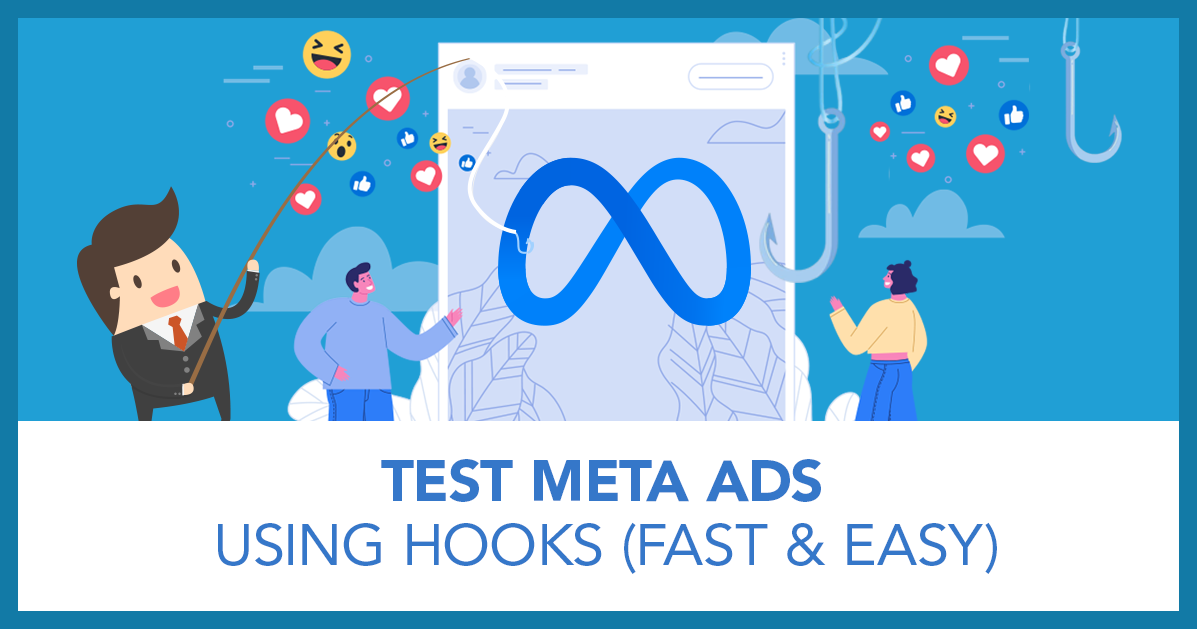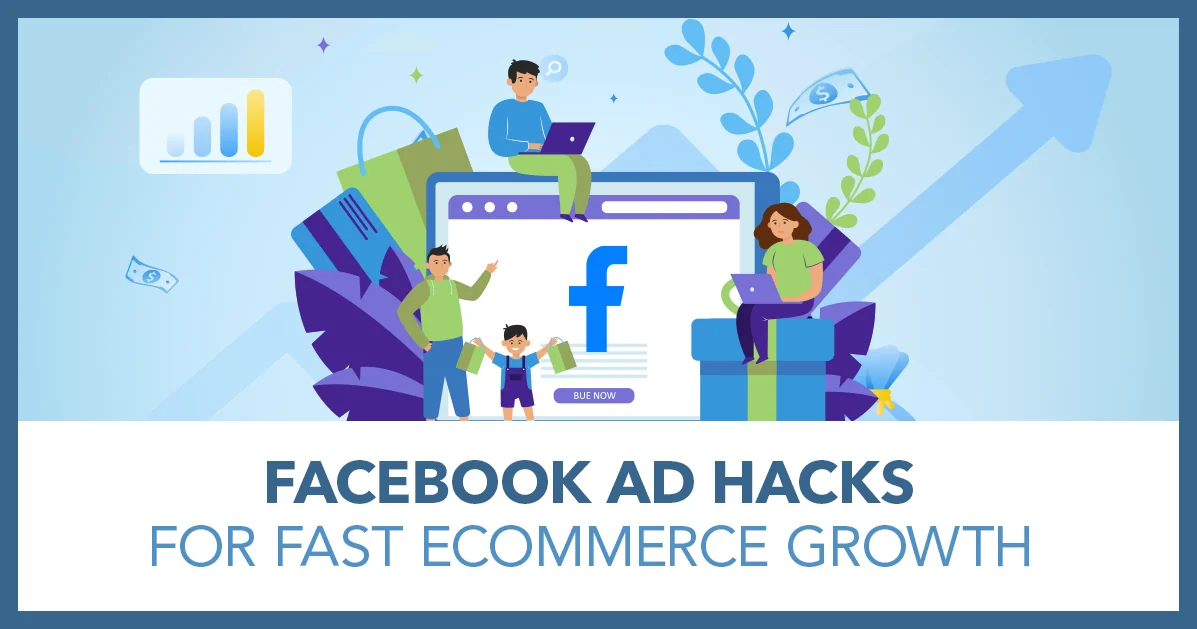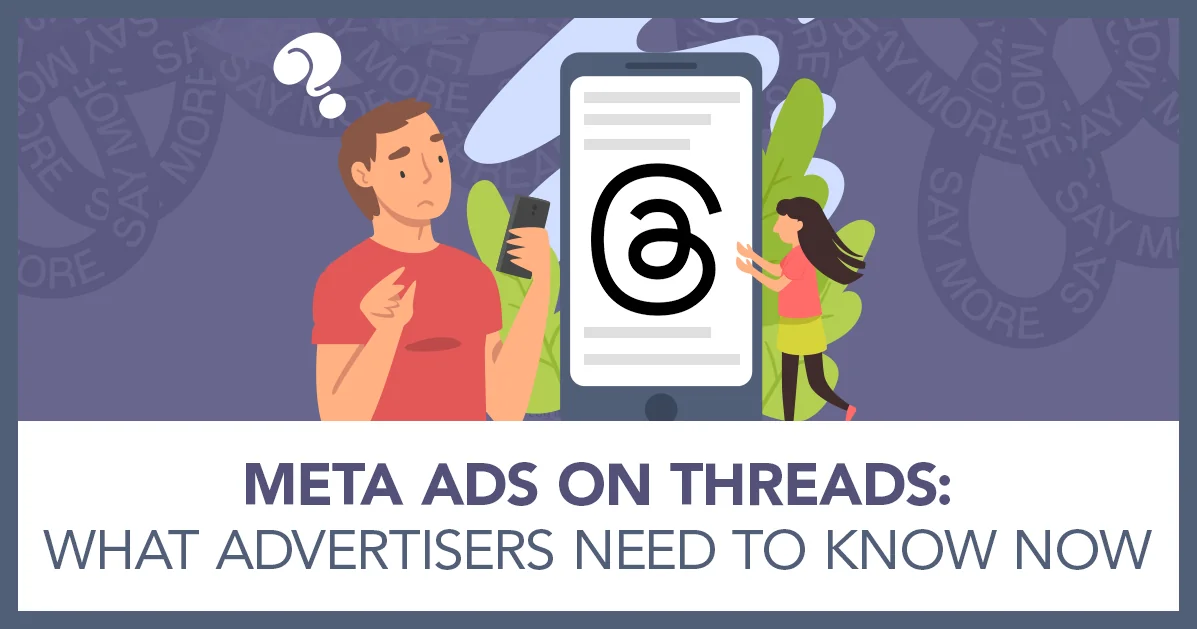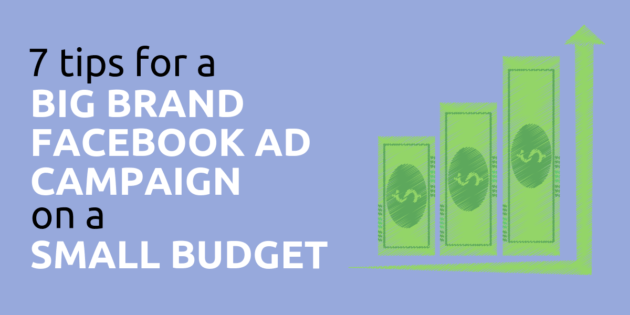
7 Tips For A Big Brand Facebook Ad Campaign On A Small Budget
What you want and what you can afford don’t always match up, which can get extremely frustrating when you’re trying to roll out an ambitious marketing campaign.
As much as you’d like to throw caution to the wind and spend every penny you can find, it simply isn’t practical.
The reasoning is simple. If it doesn’t pay off, you’ve damaged your finances in a fundamental way, and if it does pay off, the profit might arrive too late to be useful (I’ll explain what I mean later). You need to operate within your means, and reinvest in marketing when you can.
Thankfully, through the use of finely-customisable marketing tools, you can make excellent use of even a modest budget — and Facebook Ads is at the head of the pack, making it possible for savvy small businesses to punch well above their weight classes.
To help you succeed, let’s run through 7 tips for nailing your Facebook ad campaign on a very strict budget:
#1 Work Backwards From A Realistic Goal
There are numerous factors that go into reaching a particular goal, and plenty of routes that are viable for getting the results you want.
For instance, supposing that you want to make more sales, you can try to introduce more people to your brand (hoping that they’ll investigate from there, and eventually reach the conversion stage), or focus directly on the conversion stage, which will be more expensive but also more directly practical.
To figure out the most economical route, you should start by identifying a realistic goal.
Perhaps something along the lines of “Picking up 10 more sales than your average next month” would do. With that in mind, you could sketch out different options, and figure out which would cost the least (we’ll next run through some general ways to keep costs down).
#2 Focus on Retargeting
Retargeting people who’ve already been to your website is a very efficient way of working because you know that the people you’re reaching have some kind of interest in you.
When you target totally fresh prospects, you can’t assume much about their familiarity with you, so you need to take a very broad approach with your content.
When you retarget, though, you can have a lot more confidence that your message will get through. The setup is easy enough: follow the video below to configure a Facebook Pixel for your website:
Then follow the video below to create your retargeting campaign:
You can then combine that segmentation with all the other options available through Facebook Ads to reach exactly the right people.
#3 Scale Your Budget With Your Cash Flow
The key element of a great Facebook ad campaign on a small budget is flexibility, because startup growth is unpredictable.
Everything’s in a state of flux, after all — clients come and go, everyday procedures are phased in and out, and there’s a fundamental lack of stability (particularly because it’s hard to build up an emergency cash reserve until you’ve grown quite a bit).
If you set a static budget, then you won’t be able to achieve optimal results.What you need to do is align your budget with your cash flow (your incomings versus your outgoings: Wave has some solid formulas for calculating this).
The idea is simple enough: the stronger your positive cash flow, the more you should invest in marketing (with another portion of the profit going towards savings) — and if you hit negative cash flow, you should immediately scale down.
(This video shows you how to calculate how much you should spend on Facebook ads in 2020…)
#4 Create Compelling Landing Pages
Clicking one of your ads isn’t an end in itself: it’s a step towards whatever it’s pointing to. One of the most common mistakes made with advertising is forgetting about what comes next.
You can pick up all the ad clicks in the world, but if the destination doesn’t interest the clickers, all that interest will sap your resources and amount to nothing.
To make your ads lead to conversions more consistently, then, you should work on your landing pages.
Above everything else, ensure message match: the first thing the ad-clicker sees when they reach the landing page should fit perfectly with what the ad said. If there’s any disconnect, it will lead them to wonder if they’re on the right page.
You should also work on your copy, your visuals, your CTAs, and your page loading speed (if the page takes too long to load, people will leave before it finishes).
Here’s an example of a finely tuned landing page that is designed to do one thing.
#5 Trial Specific Ad Placements
While there’s a lot of value in allowing Facebook to automatically place your ads, you can take control of the situation and choose specific ad placements.
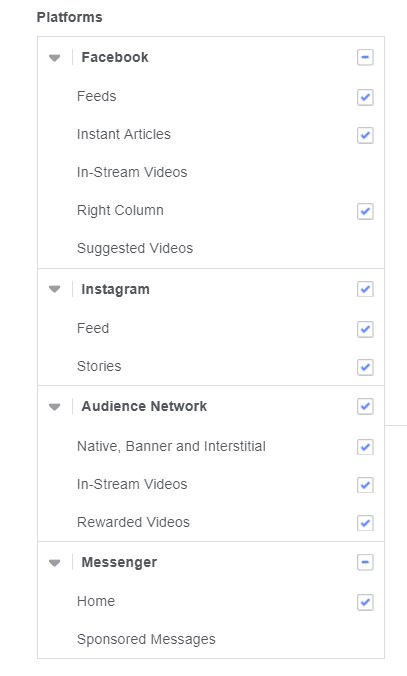
This might seem intimidating, but if you know right from the outset that you want to focus on a particular channel (such as Instagram, or Messenger), then it might be worth trying.
If you take this approach, however, first make every effort to be fully prepared to target your selected platform (or platforms).
Read up on the ideal image aspect ratios, look at what comparable ads appear already, and research which marketing tactics tend to work well in those specific circumstances.
Mastering one hyper-relevant platform might be far better for you than trying to spread your advertising across everything available.
(This video details the placement options available and their pros & cons…)
#6 Advertise Events or Deals
Sometimes it isn’t tremendously effective to market your products straightforwardly: there just isn’t enough there to draw people in, and simply raising the budget won’t solve the underlying lack of interest.
That’s when you need to rethink what specifically you’re promoting. Instead of just advertising your product, for instance, why not try advertising a sale?
Yes, there’s danger inherent to having a sale (your profit margins will be damaged, and your brand can be devalued if you’re not careful), but the prospect of even a modest discount can be enough to spark someone’s interest.
Then, once you have that interest, your job is to deliver a fantastic customer experience and turn them into a loyal and referral-producing customer.
#7 Use Light Clickbait
Mostly everyone (except for cynical marketers) hates clickbait ads. “This one free trick will solve all your problems! Click here!” And even if you use them to good effect (generating clicks), the clickers will simply end up frustrated, knowing that they wasted their time. But that doesn’t mean you can’t take something from the classic clickbait formula.
The one thing you should definitely take is the curiosity-inducing setup, whether you outright pose a question (“We did [X]. What do you think happened next?”) or prompt one with something shocking that will make the reader wonder “What is it? What have I missed?”.
You can even work in some narrative elements if they fit — imagine that you’re telling a story, and you’re trying to get someone hyped for the next chapter.
Which do you think works better as a headline: “New product range available now”, or “Our customers love our new product range — and here’s why you will too”?
The latter will make the reader wonder about why people love the new range, and want to know what the advertiser thinks will convince them. Provided you stay somewhat on topic (and don’t get your ad taken down for being clickbait), it should prove effective.
The supreme flexibility and reach of the Facebook Ads platform makes it possible to achieve remarkable things without spending huge sums of money. Give some or all of these tactics a try, and you should be able to improve your results in an economical way.



